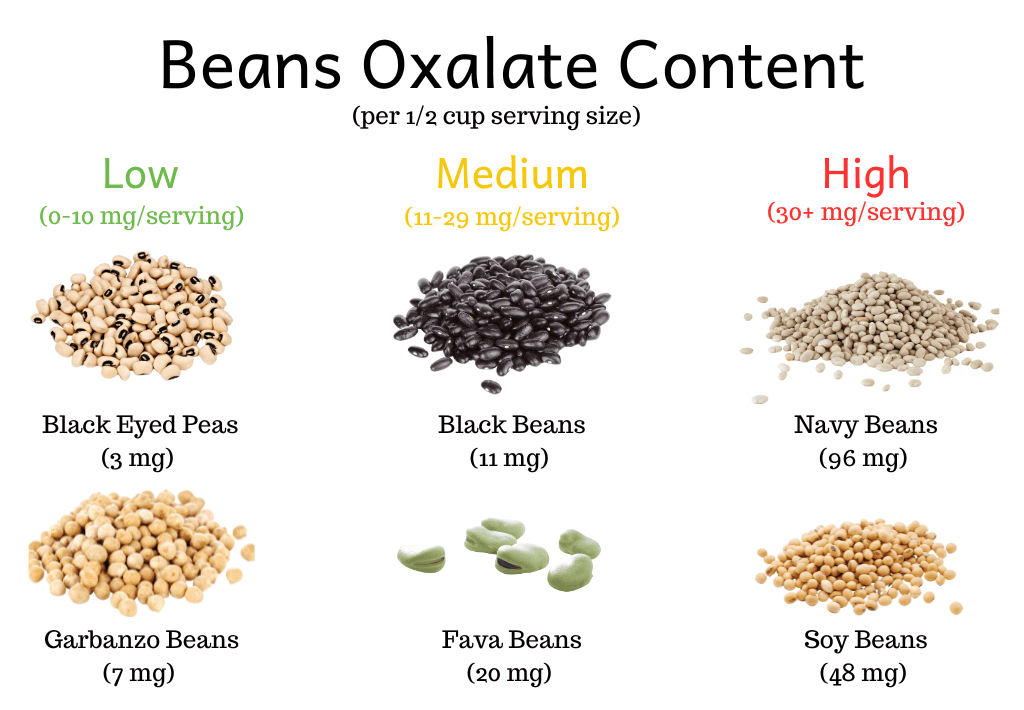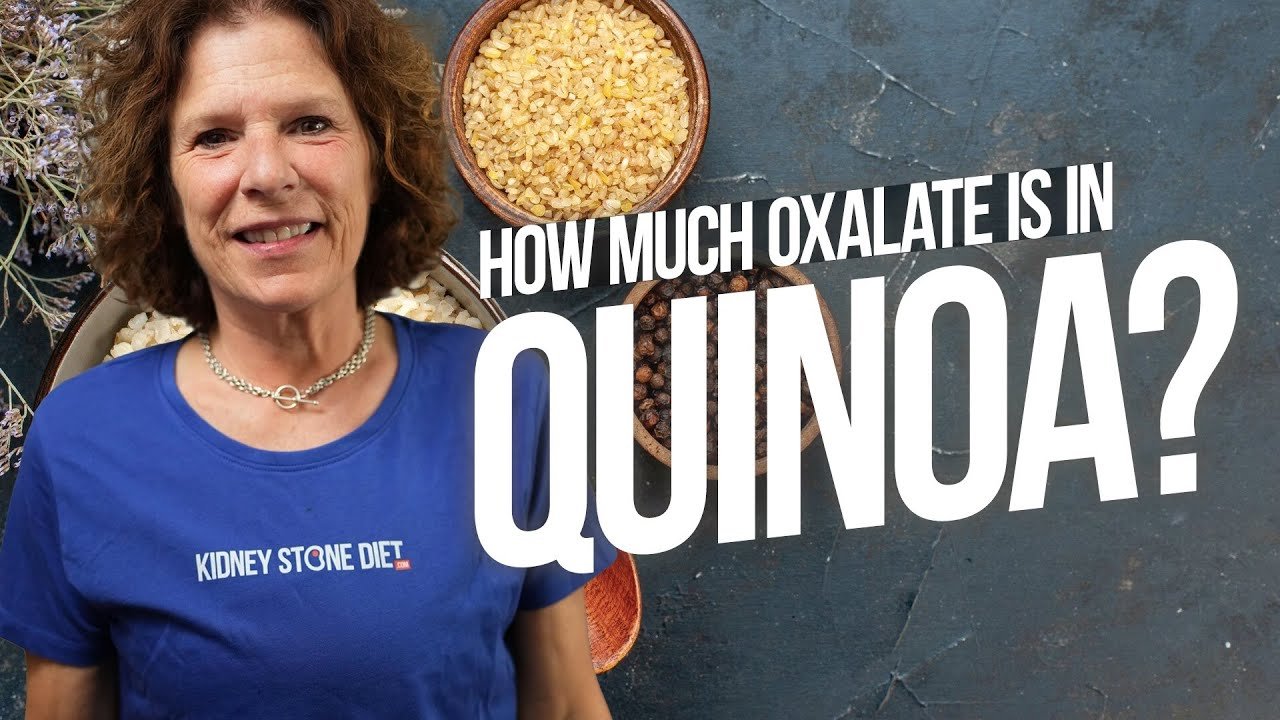Have you ever wondered about the nutritional value of quinoa, particularly in relation to oxalates? It’s a question that stirs curiosity, especially for those of you who are health-conscious or dealing with specific dietary concerns. Today, we’re going to unpack the relationship between quinoa and oxalates, and what it means for your plate.
Understanding Quinoa
Quinoa is often touted as a superfood, and for good reason. It’s a whole grain that has gained popularity for its impressive nutrient profile, being rich in protein, fiber, and various vitamins and minerals. But how does it stack up when it comes to oxalates?
You might know quinoa as a versatile and tasty alternative to more traditional grains like rice and pasta. Its nutty flavor and slightly chewy texture make it a favorite for salads, bowls, and even breakfast dishes. But before you fill your plate, let’s examine what oxalates are, and how they play a role in your nutritional choices.
What Are Oxalates?
Oxalates, or oxalic acid, are naturally occurring compounds found in various foods. They can bind to minerals like calcium and form insoluble salts, which may lead to kidney stones in some individuals. For those of you who might be at risk for kidney stones or have conditions sensitive to oxalate intake, understanding these compounds is crucial.
Most foods contain some level of oxalates. However, they tend to be more concentrated in certain foods, especially leafy greens, nuts, seeds, and other grains. Managing your oxalate intake can be important for your overall health, so it’s wise to have an informed perspective on what you eat.

Quinoa’s Oxalate Content
Now that you have a basic understanding of oxalates, let’s address the question that’s been on your mind: Is quinoa low in oxalates?
When looking at quinoa specifically, studies suggest that it does have a lower concentration of oxalates compared to many other grains. Research indicates that raw quinoa can contain somewhere between 15 to 50 milligrams of oxalates per 100 grams. To put it into perspective, other grains and foods can easily exceed this amount.
Comparative Analysis of Foods
Here’s how quinoa stacks up against some other common foods in terms of oxalate content:
| Food | Oxalate Content (mg per 100 grams) |
|---|---|
| Spinach | 970 |
| Rhubarb | 860 |
| Almonds | 120 |
| Quinoa (cooked) | 15 – 50 |
| Brown Rice | 20 |
| Potatoes | 7 |
This table gives you a glimpse of how quinoa’s oxalate content compares to some other common foods. As you can see, quinoa stands out as a more favorable option for those monitoring their oxalate intake.
Nutritional Benefits of Quinoa
If you’re considering adding quinoa into your meals, it’s essential to know about its nutritional benefits. Not only is it low in oxalates, but it also brings a range of health benefits:
-
High in Protein: Quinoa is one of the few plant-based foods that provides all nine essential amino acids. This makes it a fantastic protein source, especially for those on vegetarian or vegan diets.
-
Rich in Fiber: Eating quinoa can help keep you feeling full, thanks to its high fiber content. Including fiber in your diet is beneficial for digestion and can help in maintaining a healthy weight.
-
Packed with Vitamins and Minerals: Quinoa is rich in several crucial vitamins and minerals, including magnesium, B vitamins, iron, and zinc. These nutrients contribute to various bodily functions, from immune response to energy production.
-
Gluten-Free: If you have celiac disease or gluten intolerance, quinoa is an excellent gluten-free grain option. It can easily substitute for wheat-based products in many recipes.

How to Prepare Quinoa
Now that you’ve got the facts about quinoa’s nutritional benefits and its low oxalate levels, you may be wondering how to prepare it. Cooking quinoa is straightforward, and it’s a great addition to various dishes. Here’s a simple recipe to get you started:
Basic Quinoa Cooking Method
- Rinse: Start by rinsing 1 cup of quinoa under cold water to remove the saponins, which can give it a bitter taste.
- Boil: In a saucepan, bring 2 cups of water or broth (for added flavor) to a boil.
- Simmer: Add the rinsed quinoa to the boiling water. Cover the saucepan, reduce the heat to low, and let it simmer for about 15 minutes.
- Fluff: After 15 minutes, remove from heat and let it sit covered for 5 minutes. Then, fluff the quinoa with a fork and enjoy!
You can serve quinoa as a side dish, mix it into salads, or even use it as a base for grain bowls. Feel free to get creative with spices and herbs for added flavor.
Pairing Quinoa with Other Foods
If you want to make your meals even more nutritious, think about pairing quinoa with other low-oxalate foods. Here are some excellent combinations to try:
-
Vegetables: Pair quinoa with vegetables like bell peppers, zucchini, carrots, and cucumbers, which are low in oxalates. Roasted veggies add a delightful depth of flavor.
-
Proteins: Consider pairing it with lean proteins such as chicken, fish, or legumes. Chickpeas and lentils are excellent low-oxalate choices, making for a hearty meal.
-
Healthy Fats: Avocado and olive oil are healthy fats that can enhance flavor while providing beneficial nutrients.
Sample Meal Ideas
Here are a few meal ideas that incorporate quinoa while keeping the dish low in oxalates:
-
Quinoa Salad: Combine cooked quinoa with diced cucumbers, cherry tomatoes, bell peppers, and a squeeze of lemon. Top with feta cheese for additional flavor.
-
Stuffed Peppers: Fill bell peppers with a mixture of quinoa, black beans, corn, and spices. Bake until the peppers are tender.
-
Quinoa Bowl: Start with a base of quinoa and add roasted chicken, broccoli, carrots, and a drizzle of tahini dressing.

Factors Influencing Oxalate Absorption
It’s essential to recognize that not everyone processes oxalates the same way. Individual factors can influence oxalate absorption and the risk of forming kidney stones, including:
-
Genetics: Some people have a predisposition to absorb oxalates more readily, leading to higher levels in the body.
-
Dietary Habits: A diet high in calcium may bind to oxalates during digestion, making them less likely to contribute to kidney stones.
-
Hydration: Staying well-hydrated can help dilute oxalates, reducing the risk of crystallization and stone formation.
Quinoa and Kidney Health
If you have a history of kidney stones or other kidney-related issues, it’s crucial to be mindful of oxalate intake. While quinoa is low in oxalates, moderation is still key. You might not need to eliminate quinoa entirely from your diet, but rather incorporate it into a balanced, varied eating plan.
Consulting a Healthcare Professional
Before making significant changes to your diet, especially if you have existing health conditions, consider consulting with a healthcare professional or a registered dietitian. They can provide you with personalized advice based on your specific health needs.

Conclusion
In the grand scheme of nutrition, quinoa emerges as a promising option, especially for those monitoring oxalate intake. It’s not only low in oxalates, but it’s also brimming with healthful nutrients that can support a balanced diet. So if you’ve been curious about quinoa’s place in your meals, the evidence suggests you can enjoy it without hesitation.
As with anything in nutrition, context matters. Pay attention to how your body responds to different foods, and remember that a varied diet is often the most healthful. Quinoa can be a fantastic addition to your pantry, offering versatility and nutrition while keeping your dietary restrictions in mind. So go ahead and give it a try; your taste buds and body just might thank you.

